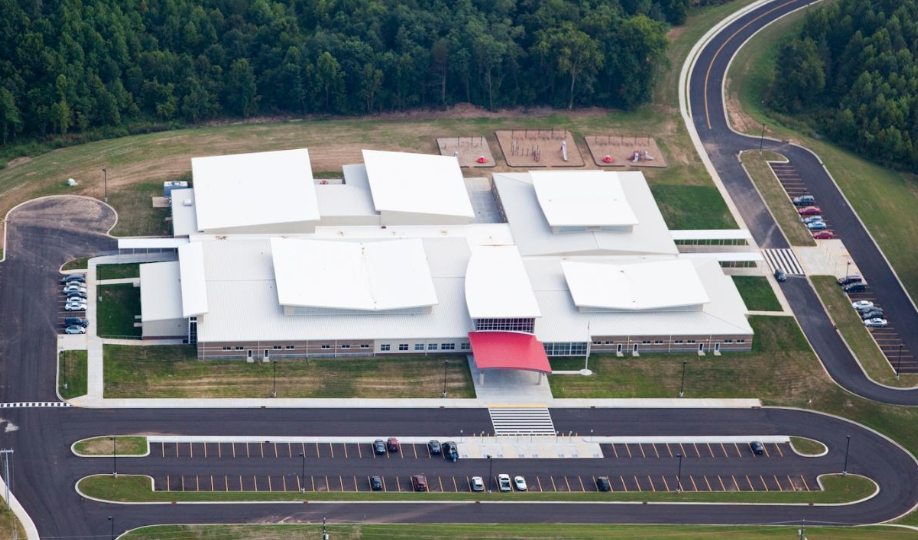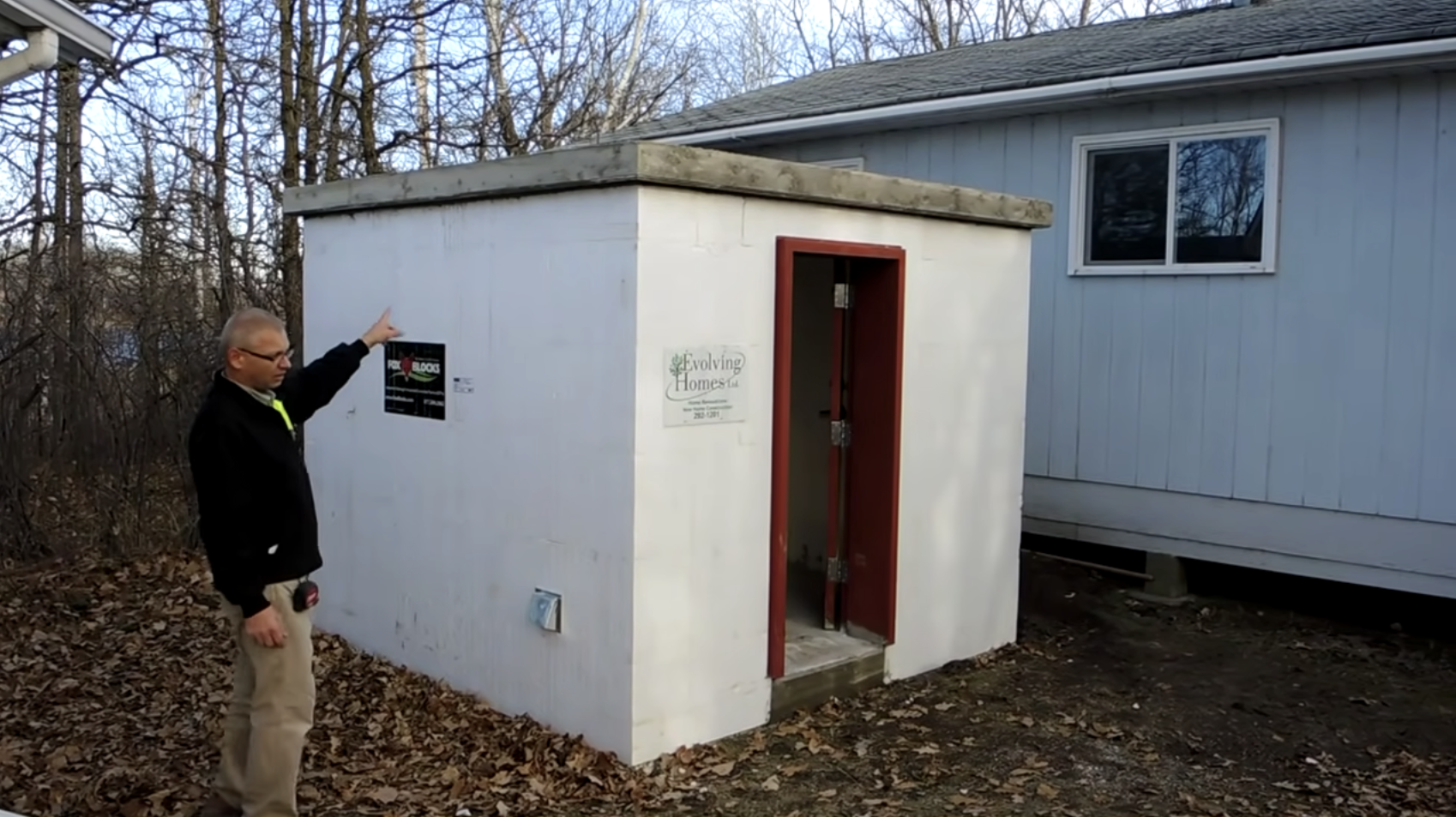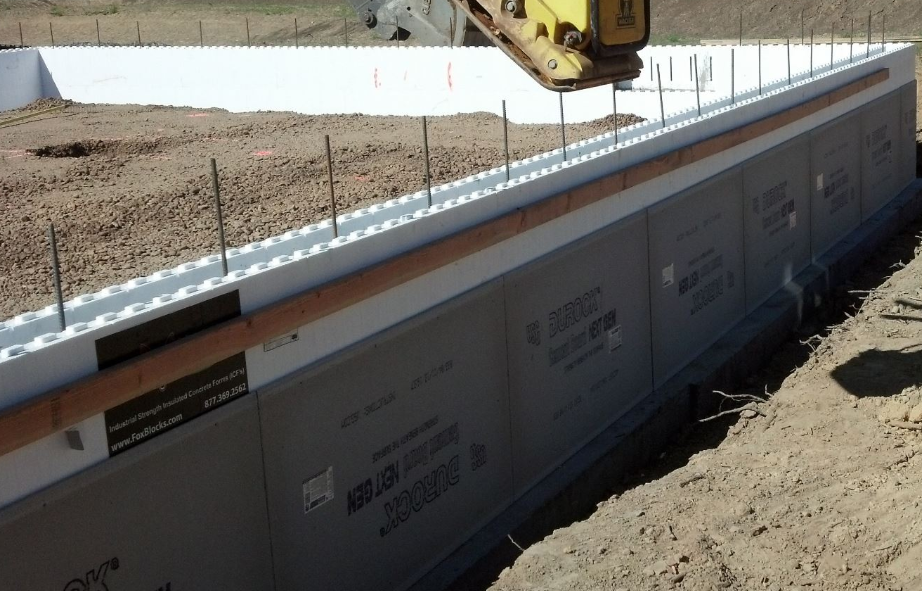
ICF Construction Protects Homes and Families from Tornados

How to Build a Church: A Guide to Lasting Worship Spaces
Understanding how to build a church involves recognizing that it’s more than a building — it’s a sanctuary for worship, fellowship, and community support.

Why More School Boards Are Turning to ICF School Construction for Long-Term Cost Savings

From Efficiency to Durability: The Many Benefits of ICF Construction
International GreenBuild Trade Show in Toronto
Over the past few years developers have observed that LEED registered buildings lease more quickly and with rent premiums of up to 30%.

What is the Optimal Foundation Wall Thickness?
A concrete foundation wall’s thickness plays an integral role in its long-term strength and durability. Local building codes mandate the foundation specifications, addressing conditions that affect the foundation thickness.

Fiberglass Rebar vs. Steel Rebar: A Comprehensive Comparison
Reinforcing concrete with the right material can shape the success of any construction project. The debate surrounding fiberglass rebar vs steel rebar significantly impacts a structure’s performance, durability, and long-term costs.

Understanding ICC 500 Storm Shelter Requirements and the Best Materials to Utilize

8 Tips for Pouring Concrete in Cold Weather and in Winter

Continuous Wall Foundation: Building a Strong Continuous Load Path from Foundation to Roof